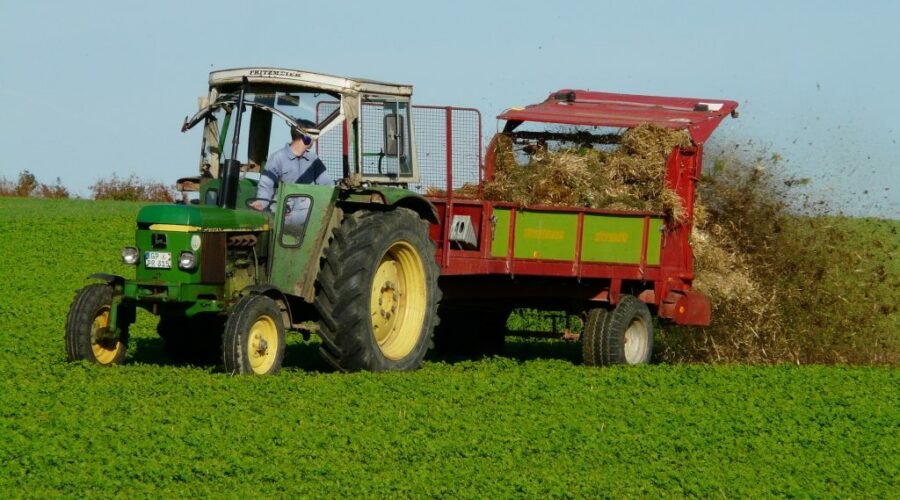The best way to absorb carbon from nature
In 2016, the World Meteorological Organization referred to 2015 as the hottest year in history, recognizing that from this year temperatures in general would increase. And they were not mistaken. On the same year of publication registers were already higher, and four years later, in 2020, despite the cooling of the planet caused by the Phenomenon of the Girl, the same record was repeated. Altogether suggests that we are in a full and, for a long period of years, unstoppable and rapid increase. Science had already determined without any doubt that it is the product of greenhouse gases, mainly CO2 and methane.
In Europe, agriculture represents 10.1% (in Spain 10.7%) of total CO2 emissions, surpassed only and remotely by the energy sector. To this we must add that according to the FAO, climate change will affect world food production. Such losses are valued by the European Commission only in its territory at about 40,000 million euros per year. A figure that we believe initial, but that will increase progressively.
It is obvious to us that it is essential to create systems to absorb excess CO2, not only for the recovery of the planet’s climate but also for the very survival and subsistence of the human species. There are various ways to do so, apart from, of course, urgently abandoning the industry that issues it.
Apparently the most comfortable way and most publicized by the media would be to create a specific industry for its absorption, undoubtedly financed by the different governments or by a supranational entity. It would be almost certainly in the hands of the same corporations that emit those gases. It is therefore a matter of developing an industry that creates many new jobs and investment in research, which will absorb the gases that other industry of the same ownership creates. Altogether maintains many jobs and investment, so necessary to maintain the consumer society and GDP, but above all the profitability of their investments.
Another option, surely much cheaper and more beneficial, is the natural one; despite it does not require of large investments, specific industries for the absorption of gases or the creation of an organism that pays the bills through taxes on all humanity. Of course, hundreds of thousands of jobs would not be created nor so much investment in research would be required.
One of the largest and most effective Sinks of Organic Carbon is the Land or Soil, (which is transformed into what we call SOC). As agriculture clears the land to turn it into a crop, it loses a large part of organic soil, transforming itself into a simple mineral support, which is chemically fertilized to make it productive. To be precise, the highest concentrations of Organic Carbon occur in soils occupied by forests (98.55-65.21 Mg / ha), while the lowest concentrations can be observed in soils for agricultural use (45.26 Mg / ha in annual crops and 38.09 Mg / ha in woody crops).
In 2013, the IGECC (Intergovernmental Group of Experts on Climate Change) estimated that annual global greenhouse gas emissions of anthropic origin represented the incorporation of 8.9 billion tons of C into the atmosphere, as a consequence of the activity in industrial and urban areas (7,800 million tons of CO2) and of changes in land use and deforestation (1,100 million tons of CO2).
From 2013 to 2021 the amounts may have changed, but the proportions are likely to remain the same. Undoubtedly, to reduce gases we need to change the production and consumption system in industrial areas, while transforming the use that we are giving to the land. These indexes show that if we drastically reduce the agricultural and livestock model, discarding the agriculture systems of bare soil which need of synthetic fertilizers / phytocides / insecticides, and we turn them regenerative, we will return to this soil its sink capacity. And not only this but the food would be much healthier, planted in soils with more natural nutrients.
Since World War II, following the so-called green revolution, the soil has not stopped losing organic matter. Only if it recovered an annual centimeter of organic matter, millions of tons of CO2 would be integrated into it. And not only that, but well managed and accompanied by an intelligent repopulation of vegetation, not only desertification would stop, but little by little large areas that are now turning into deserts could turn green again, becoming also new sinks.

Leave a Reply